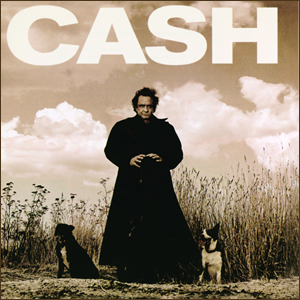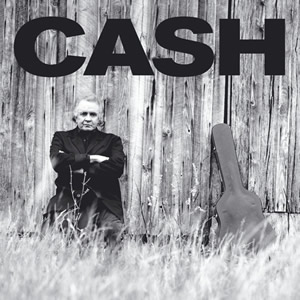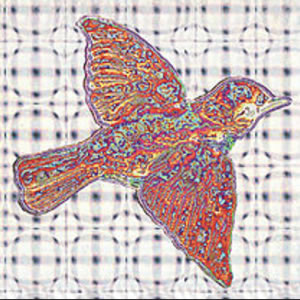American Recordings by Johnny Cash
Buy American Recordings Released in Spring 1994, American Recordings was (incredibly) the 81st overall album by Johnny Cash and was the ignition point for the second great comeback of his long career. Like […]

Buy American Recordings Released in Spring 1994, American Recordings was (incredibly) the 81st overall album by Johnny Cash and was the ignition point for the second great comeback of his long career. Like […]

Buy American II: Unchained Building on the momentum of his 1994 comeback album, American Recordings, country/rock legend Johnny Cash decided to do a sequel in what would become a very successful late career […]

Buy ‘Til the Medicine Takes The 1999 release of ‘Til the Medicine Takes was Widespread Panic‘s sixth studio album and it finely displays the musical breadth of this Athens, Georgia based Southern rock/jam […]